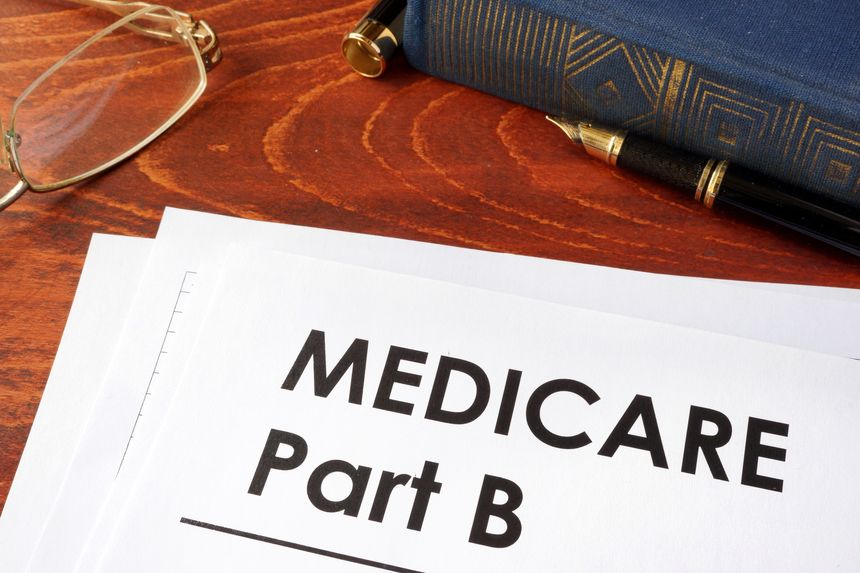In the Calendar Year 2026 Medicare Physician Fee Schedule Final Rule (MPFS), the Centers for Medicare & Medicaid Services (CMS) finalized its proposal to change the way that most skin substitutes will be covered by Medicare in the non-facility and hospital outpatient context. This reclassification will also significantly reduce Medicare Part B payment for many of these items.
The rule, which is effective January 1, 2026, classifies most skin substitute products as “incident-to” supplies when they are used as part of a covered application procedure paid for under either the MPFS in a non-facility setting or in a hospital outpatient department as paid under the Medicare Outpatient Prospective Payment System (OPPS) rule.
Change from biologicals classification
This represents a distinct change from the current classification of those products as “biologicals” and, when provided in a non-facility context, paid using the average sales price (ASP) methodology as set forth in Section 1847A of the Social Security Act. The change means that only skin substitute products that are covered by a biologics license under Section 351 of the Public Health Service Act (PHS Act) will continue to be paid under the ASP methodology.
Under the OPPS, these products were packaged into their associated application procedures when used in a hospital outpatient setting. The proposed 2026 OPPS, however, provides separate payments for the products in a similar manner as presented by the MPFS.
Regulatory pathway matters for rates
In addition, the rule includes differentiation in payment rates based on the regulatory pathway that the Food and Drug Administration (FDA) used to approve the skin substitute product. The three groupings are as follows:
- 361 HCT/Ps – a subset of Human Cells, Tissues, and Cellular and Tissue-Based Products that are governed by Section 361 of the PHS Act. These tend to be dressings intended only to cover and protect a wound.
- Devices requiring a 510(k) clearance – these tend to be dressings intended only to cover and protect a wound, to absorb exudate, and to maintain appropriate moisture balance within the wound. This category will include any skin substitute products that were approved through a 510(k) premarket submission or the De Novo pathway and includes class I and II products.
- Products that are subject to Premarket Approval (PMA) – these tend to be products that are intended to go beyond a simple wound cover to provide some type of direct treatment effect. Items that have undergone PMA review must demonstrate their safety and efficacy for the intended use, which generally requires the performance of clinical studies, and generally include class III devices.
CMS considered further an alternative categorization, including based on whether the product was synthetic or based on product cost. And in the preamble to the Final Rule, the agency indicated that it would continue to study the feasibility of such categories. For now, the categories will remain with the FDA regulatory pathway designations.
Claims data could adjust rates in future
CMS has finalized an initial payment rate of $127.28 per square centimeter, subject to application of geographic adjustments. This was calculated using the most recent average sales price data for each of the categories.
The purpose of this change, according to CMS is to fight sharp increases in payments for skin substitutes and incentives to overutilize pricey skin substitutes that CMS was concerned were because of the higher reimbursement rates afforded to “biological” products. CMS left open the possibility that future claims data could be used to adjust the payment rates going forward.
Reed Smith will continue to track developments with regard to Medicare payment rates. If you have any questions about payment under Part B or anything regarding Medicare payments, please reach out to the authors of this post or to your health care lawyer at Reed Smith.



/Passle/67292836ee4aa642c0980b65/SearchServiceImages/2025-11-13-02-39-50-388-691544f6d27e4830197c7465.jpg)
